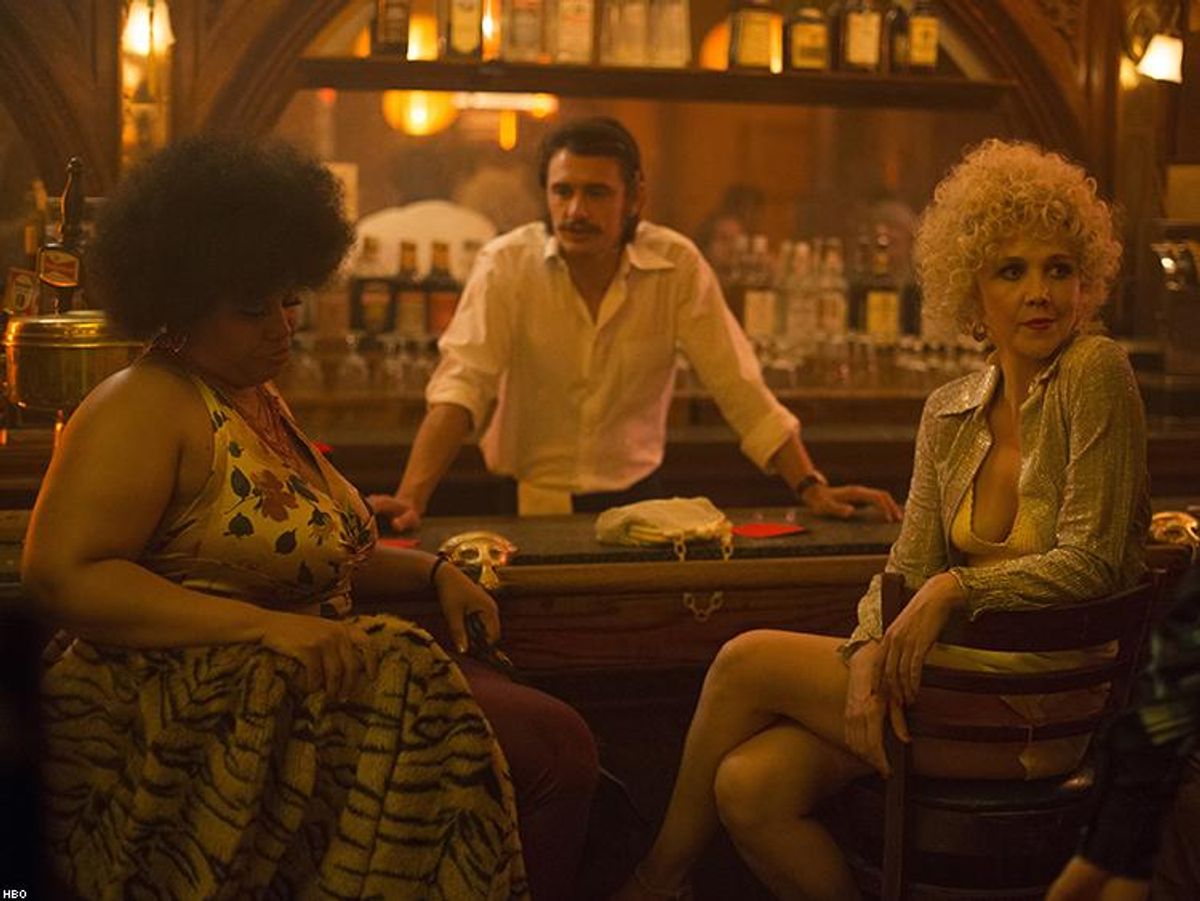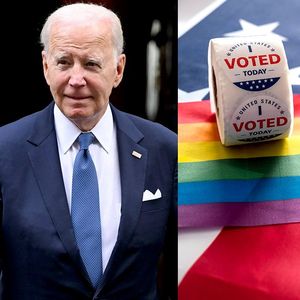HBO
The Beginnings of Porn: Times Square, The Deuce and '70s NYC
The Beginnings of Porn: Times Square, The Deuce and '70s NYC

From silent films to virtual empire, watch the porn industry’s rise to prominence.
September 19 2017 2:45 PM EST
May 31 2023 6:13 PM EST






































































